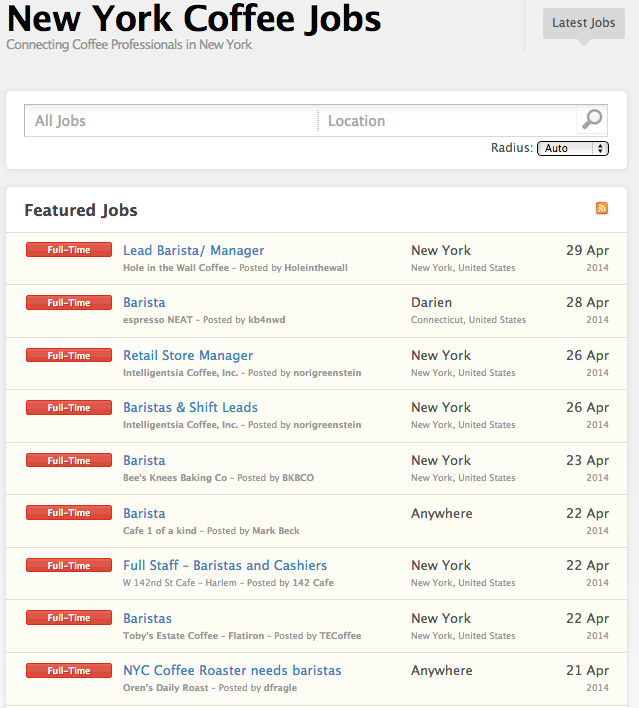As a
coffee lover, particularly a
specialty grade coffee, and mostly self taught in the art of espresso extraction, or what some people call barista skills, I find the base knowledge of each of these so called baristas can vary no matter where I come in to contact with these 'skilled' individuals. Add to that, that there is considerable amount of differing information spread by other so called experts and training courses out there about coffee and the art of the espresso brew. Here is a basic list of what every aspiring espresso extraction artist, or for the sake of brevity lets call them baristas, should know.
This is not an espresso!
- a particular kind of coffee bean
- a particular roast profile (often believed to be dark roast)
- a blend of coffees, not matter what grade
- Spelt or said with and "X" i.e. E"x"presso
What than is an espresso?
Definition: An espresso can be defined as a brew that is the result of a controlled quantity of hot water being forced under pressure through fine coffee grinds. The water extracts proteins, sugars and oils into a delicious couple of millilitres of thick caramel coloured liquid, which covers the brew and is called crema, without over extracting the flavour.
Espresso hence refers to a technique of preparation resulting in a concentrated coffee beverage, whose consistency is syrupy and dense and, if properly aged and prepared, should have a thick head of rusty golden coloured crema.
To get the rusty golden crema, all factors need to be correct in the
perfect brew, the temperature of the brewing water as it hits the coffee cannot be higher than 95 degrees C, the coffee should be fresh ground and fresh roasted.
Grind size is everything
Incorrect grind size is comparable to a music produced from a piano. If you have the finest pianist playing a piano that is not correctly tuned, or is to old to be tuned, then no matter how well they try the music is never satisfying to listen to.
This is the case for a grinding coffee for a great espresso, you need to factor in age, pressure, climate, blend and roast profile to name a few. To get a great espresso each day typically you have to make more than a dozen little modifications to your grind level to continue producing espresso in its ideal flavour scope.
Even when if you are certain you are have the same dosing, distributing the grind properly, and tamping to the same pressure level, if the grind incorrect so to is the flavour.
Just like you have to know how to enjoy fine food and wine, practice makes perfect :), so start savouring more espressos and get to know the tell tale signs of over and under extracted brew.
 Recently I was on holiday in a remote place armed with a good Jura coffee machine, and some green bean, and an I-Roast, an excellent domestic roaster. And I was happy to spend time reaquanting myself with the little roaster.
Recently I was on holiday in a remote place armed with a good Jura coffee machine, and some green bean, and an I-Roast, an excellent domestic roaster. And I was happy to spend time reaquanting myself with the little roaster.












